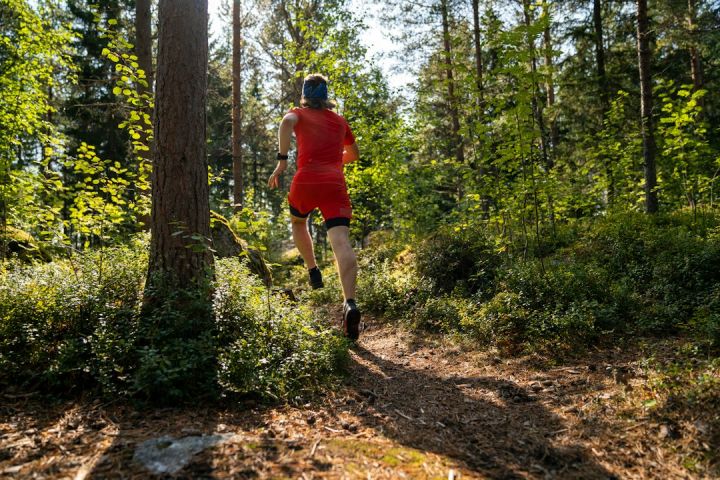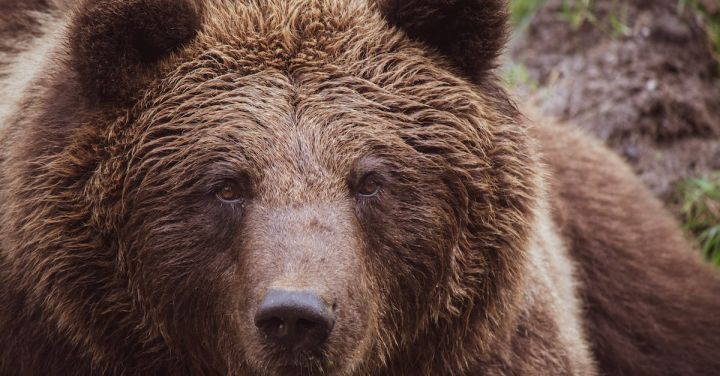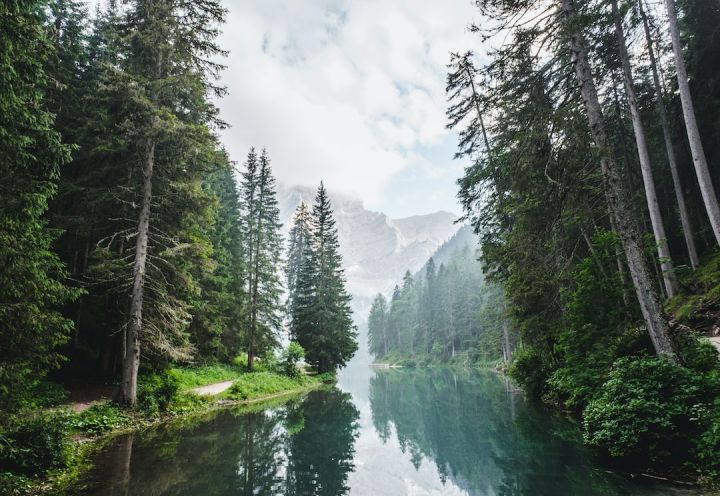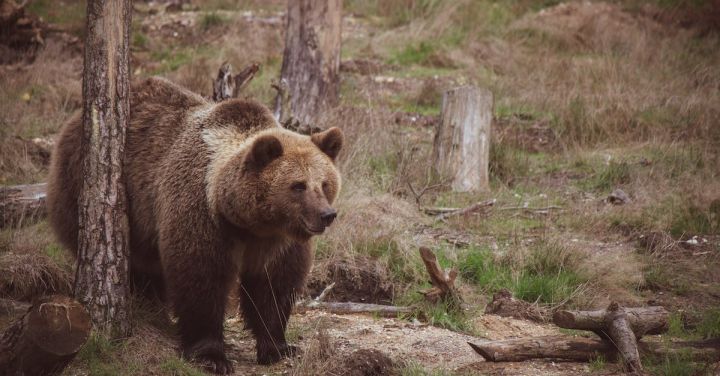What’s the Proper Way to Photograph Wildlife?
Capturing stunning images of wildlife can be a challenging yet rewarding endeavor. Whether you’re an amateur nature enthusiast or a professional photographer, knowing the proper techniques and approaches can greatly enhance your wildlife photography skills. In this article, we will explore the key elements to consider when photographing wildlife, from choosing the right equipment to respecting the animals and their habitats.
Understanding Your Subject
Before embarking on a wildlife photography expedition, it is essential to familiarize yourself with the behavior, habitat, and patterns of the animals you wish to photograph. Researching and studying their habits will enable you to anticipate their movements and capture more compelling shots. Additionally, learning about their natural environment will help you choose the best locations and times to photograph them.
Choosing the Right Equipment
Having the appropriate gear can make a significant difference in the quality of your wildlife photographs. A telephoto lens with a long focal length is crucial for capturing distant subjects without disturbing them. The longer the focal length, the better the magnification and detail you can achieve. Additionally, investing in a sturdy tripod or monopod will provide stability, especially when shooting in low light conditions or with heavy lenses.
Mastering the Art of Patience
Wildlife photography requires a great deal of patience. Animals rarely pose for the camera, so you must be prepared to wait for the perfect moment. Find a comfortable position and observe your subject closely, anticipating their movements and behaviors. Patience is key when waiting for wildlife to engage in interesting activities or when seeking those elusive shots that truly capture their essence.
Respecting the Animals and Their Habitat
Responsible wildlife photography involves respecting the animals and their natural habitats. Always prioritize the well-being of the subject over capturing a photograph. Keep a safe distance to avoid causing stress or disturbing the animals. Remember that you are a guest in their home, and your presence should not disrupt their natural behavior. Avoid using flash, as it can startle or blind animals, potentially causing harm.
Composition and Lighting
Capturing visually appealing wildlife photographs relies on a good understanding of composition and lighting. Employing the rule of thirds, where the subject is placed off-center, can create a more dynamic and balanced image. Experiment with different angles and perspectives to add depth and interest to your shots. Regarding lighting, shooting during the golden hours of sunrise and sunset can provide warm, soft light that enhances the natural beauty of your subjects.
Technical Considerations
When photographing wildlife, it is important to consider the technical aspects of your shots. Opt for a fast shutter speed to freeze the motion and capture sharp images. Adjust your aperture to control the depth of field, focusing on the subject while creating a pleasing background blur. Pay attention to the ISO settings, keeping it as low as possible to minimize noise in your photographs.
Post-Processing and Sharing
After capturing your wildlife images, post-processing can help enhance their visual impact. Use editing software to adjust exposure, contrast, and colors while maintaining the authenticity of the scene. Be mindful not to over-edit and maintain the integrity of the image. Finally, share your work with others, whether through online platforms, exhibitions, or even contributing to conservation efforts to raise awareness about wildlife and its preservation.
In conclusion, photographing wildlife requires a combination of technical skills, patience, and respect for the subjects and their environment. By understanding your subject, utilizing the right equipment, and employing proper techniques, you can capture stunning wildlife photographs that evoke emotion and appreciation for the natural world. So, grab your camera, venture into the wild, and let your creativity unfold as you embark on this exciting photographic journey.






